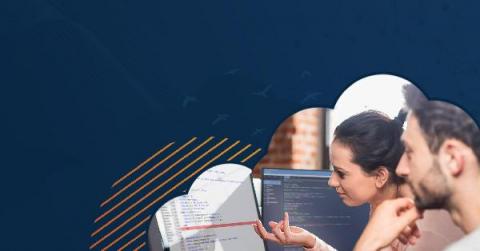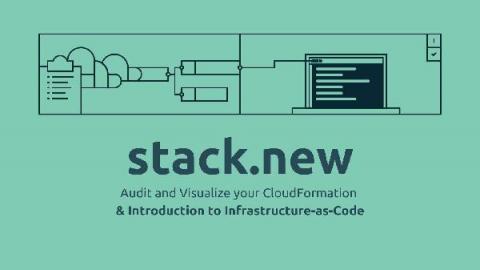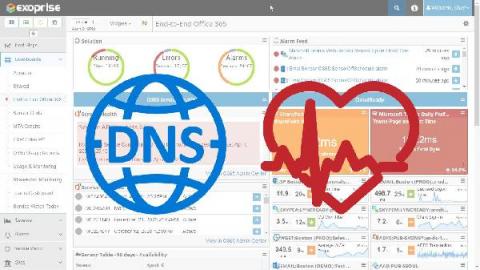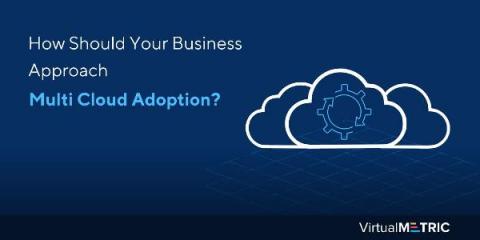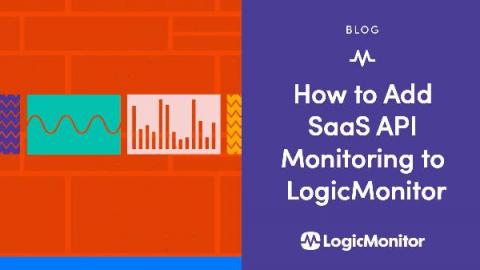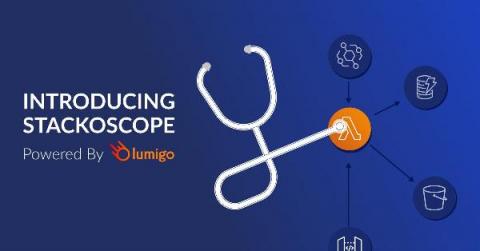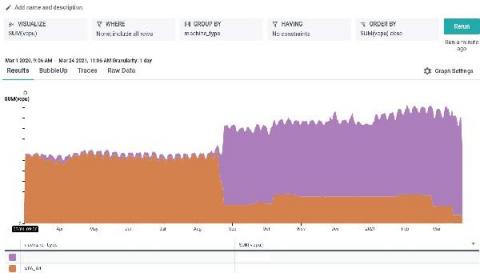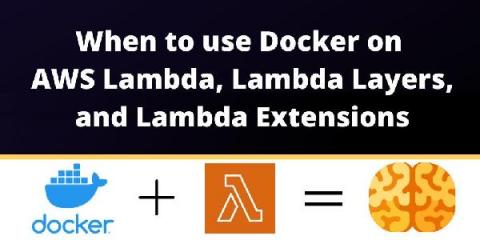Operations | Monitoring | ITSM | DevOps | Cloud
Cloud
The latest News and Information on Cloud monitoring, security and related technologies.
Analyze and audit your infrastructure as code with stack.new
Defining and managing your AWS resources using an Infrastructure-as-Code (IaC) approach implemented with CloudFormation templates makes a lot of sense. While implementing IaC is a widely accepted best practice, it does come with challenges. Managing your infrastructure from lines of code and text-file templates, in the case of AWS CloudFormation, can quickly become overwhelming. We built stack.new to ease that pain.
Is the cloud coming to all of us?
During the past twenty years, so much has changed in the IT office. Two decades ago, we were still using dial-up modems. Now, the entire world wide web is at our fingertips, and our world of IT is more efficient but complicated too. A few significant IT trends have also developed during this time. One of the most important is the cloud that has also become a common buzzword in business. Like many buzzwords, there is a lot of excitement and confusion surrounding the term.
Azure DNS Outage - April 1st, 2021
Just about 2 weeks after its most recent outage, Microsoft experienced a severe DNS outage Thursday Evening at approximately 21:30 UTC on 01 Apr 2021. That’s the official start of the outage from Microsoft. But we all know that official starts and actual starts are often different. Exoprise DNS and server monitoring caught the error about 10 minutes earlier (not our biggest amount of headroom for an outage) but that is frequently the nature of DNS failures.
How Should your Business Approach Multi-Cloud Adoption?
The year 2020 can be seen as a major win for cloud infrastructure, even though it has been a tough year socioeconomically. Even before the pandemic, experts predicted that 83 percent of workloads of enterprises would be residing in the cloud by 2020. Now, as more enterprises are going full cloud, they are considering multi-cloud. As more people work from home, cloud computing is becoming more of a necessity. For a decade now, companies have been using the cloud for daily activities and communication.
Analyze your GKE and GCE logging usage data easier with new dashboards
System and application logs provide crucial data for operators and developers to troubleshoot and keep applications healthy. Google Cloud automatically captures log data for its services and makes it available in Cloud Logging and Cloud Monitoring. As you add more services to your fleet, tasks such as determining a budget for storing logs data and performing granular cross-project analysis can become challenging.
How to Add SaaS API Monitoring to LogicMonitor
SaaS or Software–as-a-Service is a term that describes many applications on the web today. Whether you’re using TurboTax (tax season is coming up) or Twitter, most people use SaaS platforms on a daily basis without even realizing it.
Introducing Stackoscope For Serverless Applications
Here at Lumigo, we are focused on helping customers succeed with serverless and make it easier for them to build and run serverless applications in production. We love serverless and operate one of the largest serverless systems out there as we ingest and process billions of events from our customers. One thing many customers have asked us for help with is to identify misconfigured resources or places where they can improve by following best practices.
One Year of Graviton2 at Honeycomb
A year ago, we wrote about our experiences as early adopters of Graviton2, and how we were able to see 30% price-performance improvements on one dogfood workload from switching to the arm64 architecture. In those initial experiments, we validated running 20% fewer shepherd ingest workers, using the m6g instance type, which cost 10% less per instance compared to c5 instances.
When to use Docker on AWS Lambda, Lambda Layers, and Lambda Extensions
2020 was a difficult year for all of us, and it was no different for engineering teams. Many software releases were postponed, and the industry slowed its development speed quite a bit. But at least at AWS, some teams released updates out of the door at the end of the year. AWS Lambda received two significant improvements: With these two new features and Lambda Layers, we now have three ways to add code to Lambda that isn’t directly part of our Lambda function.


